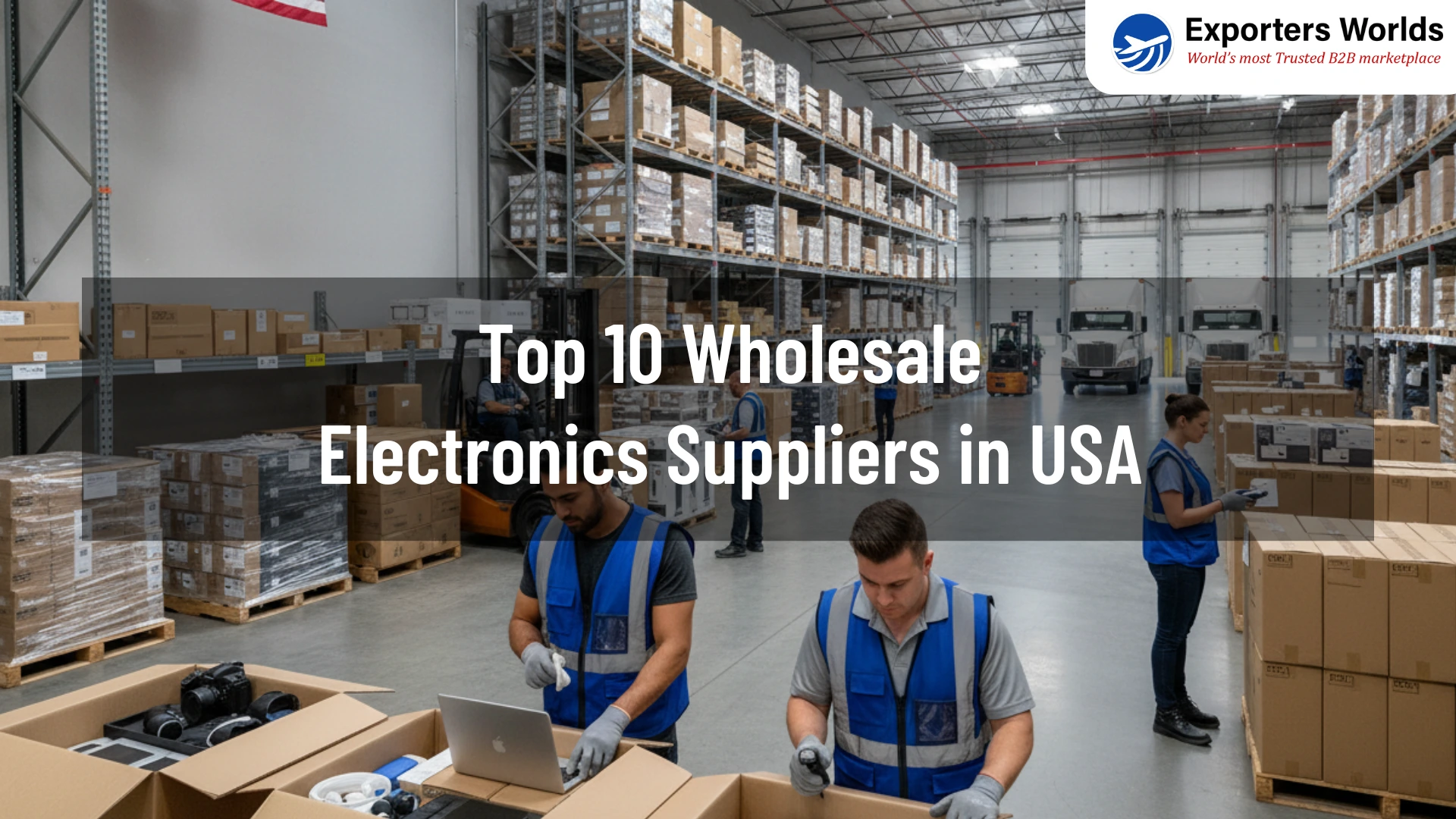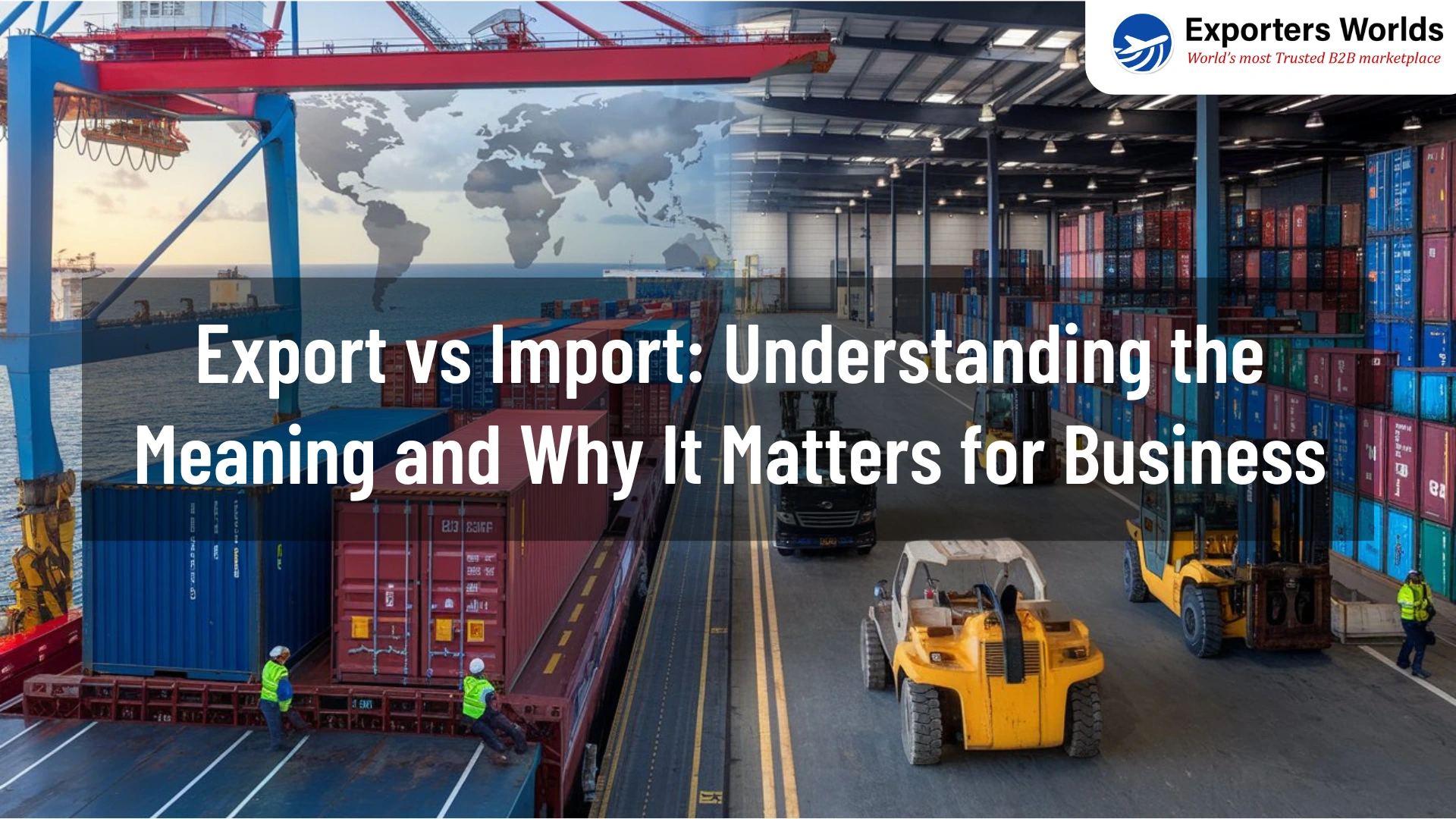Top 10 Challenges Global Exporters Face in 2025 & Solutions

In today’s global market, exporters are facing new challenges every day. From rising costs to stricter rules, it's not easy to stay ahead. But with the right strategies, global exporters can turn these problems into growth opportunities.
In this article, we’ll go through the top 10 challenges global exporters face in 2025, and more importantly, how to solve them. These insights come from years of working closely with businesses through our trusted B2B platform.
1. Geopolitical Tensions and Trade Barriers
Trade between countries is heavily influenced by politics. In 2025, we’re seeing more trade restrictions between major economies. Tariffs are rising, new quotas are being introduced, and exporters are losing access to certain markets.
The Solution:
Don’t rely on just one country or region. Diversify your export markets. Stay updated on political news and policy changes. Work with trade advisors who can guide you on the safest and most profitable regions to export to.
2. Supply Chain Disruptions
Shipping delays, raw material shortages, and port congestion have become common. Many global exporters depend on one or two regions for supplies, which increases the risk of delay and disruption.
The Solution:
Create a regional supplier network. Don’t put all your eggs in one basket. Invest in logistics technology that offers real-time tracking. This helps you plan better and keep your customers informed.
3. Regulatory Compliance and Changing Trade Laws
Export laws are different in every country, and they keep changing. A small mistake in paperwork or labeling can lead to big fines or even a ban on your goods.
The Solution:
Use compliance management systems to track regulations. Hire or consult with international trade experts who can ensure your products meet all the rules in each target market.
4. Currency Fluctuations and Financial Risks
Exchange rates go up and down. This makes it hard for exporters to set prices and predict profits. One week you’re earning a good margin, and the next you’re barely breaking even.
The Solution:
Use hedging tools to lock in currency rates. When possible, price your products in more stable currencies like the U.S. dollar or Euro. This helps reduce financial uncertainty.
5. Digital Security and Cyber Threats
Export businesses are now using online systems for orders, shipping, and payments. This makes them a target for cyberattacks. A single breach can expose customer data and stop operations.
The Solution:
Use strong encryption, multi-factor authentication, and other cybersecurity best practices. Train your team on how to spot phishing emails and protect company data.
6. Cultural and Communication Barriers
Doing business across borders means dealing with different languages, customs, and business styles. Misunderstandings can lead to lost deals or unhappy customers.
The Solution:
Hire local representatives or translators when entering new markets. Take time to understand local cultures and business etiquette. Customize your communication and marketing to match local preferences.
7. Evolving Consumer Expectations
Today’s buyers want more than just a product. They want fast delivery, ethical sourcing, and clear information about what they’re buying. This is especially true in B2C exports.
The Solution:
Be transparent about where your products come from. Improve supply chain traceability. Offer flexible shipping options and highlight your commitment to sustainability.
8. High Logistics and Freight Costs
Shipping costs have gone up due to inflation, fuel prices, and global demand. This eats into profit margins and affects pricing.
The Solution:
Negotiate long-term contracts with freight companies to lock in better rates. Use multimodal transport (land, sea, air) to reduce reliance on a single method. Also, improve packaging efficiency to reduce shipping volume and weight.
9. Market Saturation and Competition
Popular markets are getting crowded. Many exporters are selling similar products, which leads to price wars and lower profits.
The Solution:
Don’t compete on price alone. Focus on product quality, customer service, and after-sales support. Look for niche markets where your product solves a specific problem.
10. Talent Shortage and Skills Gap
Exporting requires skilled professionals—people who understand international trade, compliance, and logistics. But many companies struggle to find the right talent.
The Solution:
Invest in staff training. Partner with trade consultants or export management companies when needed. Encourage employees to learn new digital tools that support export operations.
Conclusion
2025 is a year full of changes for global exporters. From supply chain issues to rising expectations, the world of international trade is more complex than ever. But each challenge also brings a chance to improve, grow, and stand out.
To succeed, global exporters must stay flexible, adopt new technology, and always be ready to learn. With the right mindset and support, these challenges can become stepping stones to success.
At Exporters Worlds, we’re here to help. Our B2B platform connects you with reliable partners, updated market trends, and the tools you need to navigate today’s global supply chain.
Subscribe to Exporters Worlds to stay ahead in the world of international trade and make smarter export decisions every day.




